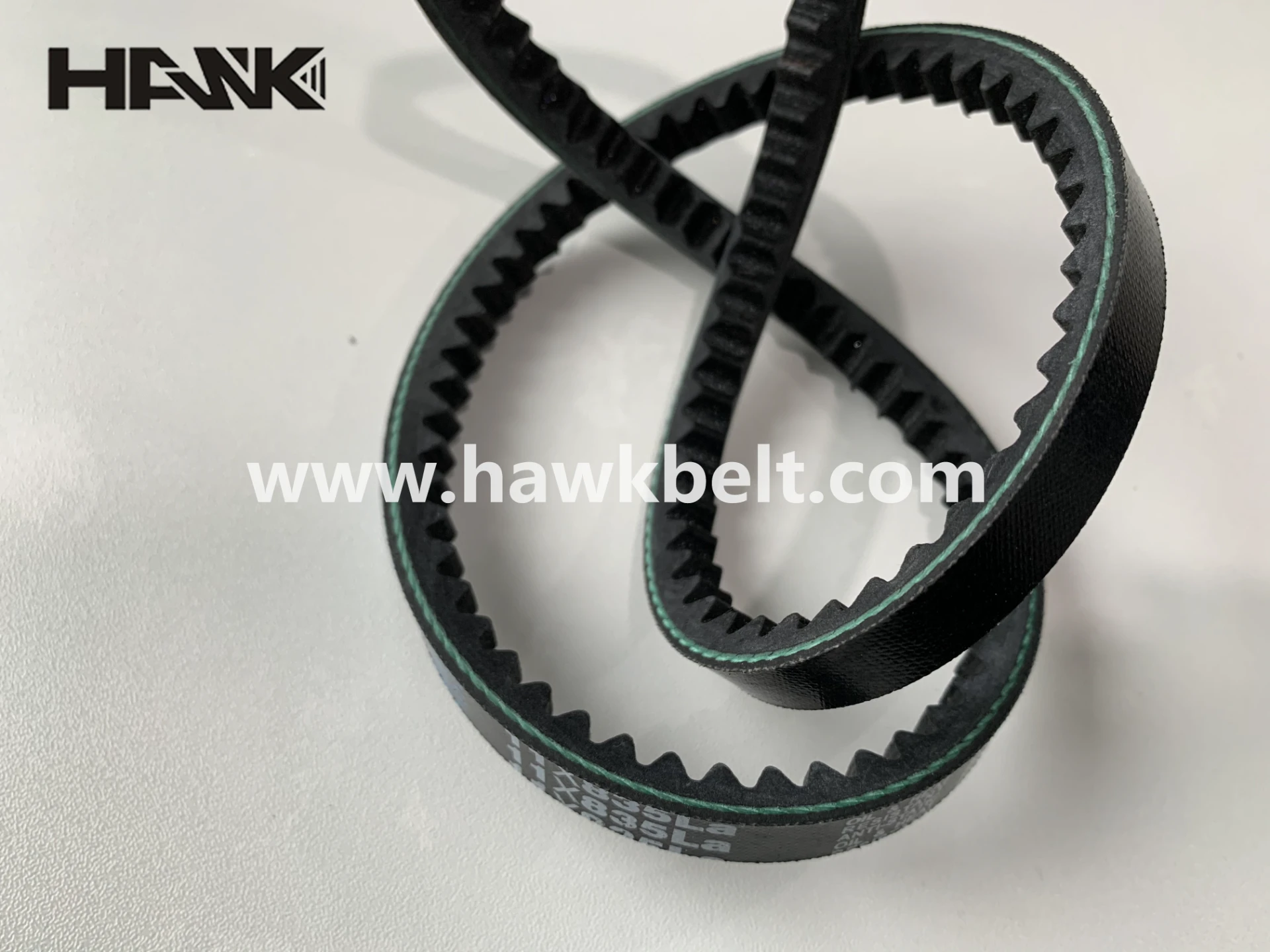- Arabic
- French
- Russian
- Spanish
- Portuguese
- Turkish
- Armenian
- English
- Albanian
- Amharic
- Azerbaijani
- Basque
- Belarusian
- Bengali
- Bosnian
- Bulgarian
- Catalan
- Cebuano
- Corsican
- Croatian
- Czech
- Danish
- Dutch
- Afrikaans
- Esperanto
- Estonian
- Finnish
- Frisian
- Galician
- Georgian
- German
- Greek
- Gujarati
- Haitian Creole
- hausa
- hawaiian
- Hebrew
- Hindi
- Miao
- Hungarian
- Icelandic
- igbo
- Indonesian
- irish
- Italian
- Japanese
- Javanese
- Kannada
- kazakh
- Khmer
- Rwandese
- Korean
- Kurdish
- Kyrgyz
- Lao
- Latin
- Latvian
- Lithuanian
- Luxembourgish
- Macedonian
- Malgashi
- Malay
- Malayalam
- Maltese
- Maori
- Marathi
- Mongolian
- Myanmar
- Nepali
- Norwegian
- Norwegian
- Occitan
- Pashto
- Persian
- Polish
- Punjabi
- Romanian
- Samoan
- Scottish Gaelic
- Serbian
- Sesotho
- Shona
- Sindhi
- Sinhala
- Slovak
- Slovenian
- Somali
- Sundanese
- Swahili
- Swedish
- Tagalog
- Tajik
- Tamil
- Tatar
- Telugu
- Thai
- Turkmen
- Ukrainian
- Urdu
- Uighur
- Uzbek
- Vietnamese
- Welsh
- Bantu
- Yiddish
- Yoruba
- Zulu
Dec . 17, 2024 04:28 Back to list
Understanding the Importance of Truck Engine Belts in Vehicle Maintenance and Performance
Understanding Truck Engine Belts Importance, Types, and Maintenance
When discussing truck engines, one cannot overlook the significance of engine belts. These crucial components play a pivotal role in ensuring that the engine operates smoothly and efficiently. In this article, we will explore the importance of truck engine belts, the various types available, and essential maintenance tips to keep them functioning optimally.
The Importance of Engine Belts
Engine belts are integral to the overall functioning of the truck's engine. They transmit power between various engine components, allowing systems to work in harmony. Typically, an engine has several belts that connect various rotating components, such as the alternator, water pump, power steering pump, and air conditioning compressor.
The primary function of these belts is to maintain the mechanical energy required for the operation of these critical components. For instance, the serpentine belt, which is often the most prominent belt in a truck’s engine, drives multiple accessories by wrapping around them. If this belt fails, it can lead to a cascade of system failures; the alternator might stop charging the battery, the water pump may cease to function, and power steering can become difficult, rendering the truck unsafe to drive.
Types of Engine Belts
There are several types of belts found in truck engines, each serving different functions
1. Serpentine Belts These long, continuous belts wrap around multiple components and are designed to drive accessories like the alternator, power steering pump, water pump, and air conditioning unit. Serpentine belts have largely replaced the older style of multiple narrower belts due to their efficiency and simplicity.
2. Timing Belts Unlike serpentine belts, timing belts are essential for synchronizing the rotation of the crankshaft and camshaft. This synchronization is crucial for maintaining the correct timing of engine valves. A failure in the timing belt can lead to catastrophic engine damage.
3. V-Belts Although less common in modern trucks, V-belts still exist, especially in older models. These belts are typically narrower and shaped like a “V,” which allows them to fit snugly in their pulleys.
truck engine belt

4. Accessory Belts These are traditional power transmission belts that connect to specific accessories independently, mainly in older truck models. Though they are not widely used today compared to serpentine belts, understanding them is still relevant for maintenance of older vehicles.
Maintenance Tips
To ensure that your engine belts remain in good condition, regular maintenance is essential. Here are some key tips to keep in mind
1. Regular Inspections Conduct routine checks on your engine belts for signs of wear and tear. Look for cracking, fraying, or glazing (a shiny appearance on the surface). If any signs of damage are observed, it is advisable to replace the belt before it fails.
2. Check Tension A belt that is too loose can slip, while one that is too tight can cause excessive wear on the components it drives. Most newer trucks are equipped with automatic belt tensioners, but if you notice a belt that seems loose, it’s worth investigating further.
3. Listen for Noise If you hear squeaking or squealing noises when starting your engine, this could indicate an issue with your engine belts. This sound often stems from a misaligned or worn belt.
4. Follow Manufacturer’s Recommendations Always adhere to the manufacturer’s guidelines regarding belt replacement intervals. This will ensure that you address potential issues before they escalate.
5. Professional Maintenance Having your truck’s engine serviced by a qualified mechanic can prolong the life of your engine belts. Professionals can conduct thorough inspections and recommend replacements when necessary.
Conclusion
Truck engine belts are essential components that ensure smooth engine operation. Understanding their functions, types, and maintenance is crucial for any truck owner. By regularly inspecting and maintaining these belts, you can avoid serious mechanical failures, ensuring the longevity and reliability of your vehicle. Whether you own a truck for personal use or commercial purposes, keeping your engine belts in top condition is a smart investment in your vehicle's performance and safety.
-
Upgrade Power Steering Pump Belt for Smooth, Quiet Operation
NewsAug.27,2025
-
Precision Timing Belt & Chain: Engine Performance & Durability
NewsAug.26,2025
-
Precision Lathe Drive Belts: Durable & Reliable Performance
NewsAug.25,2025
-
84.5 Serpentine Belt: Durable & Precision Fit for Your Engine
NewsAug.24,2025
-
Premium Ribbed Drive Belts for Quiet Power Transmission
NewsAug.23,2025
-
High-Performance Vehicle Timing Belt for Engine Precision
NewsAug.22,2025

